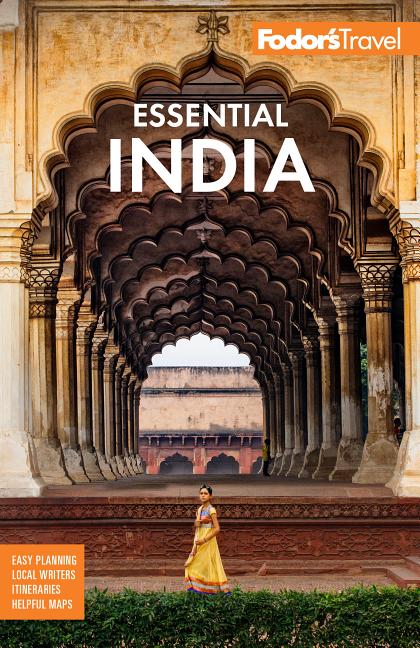Holidays and Festivals of India
With silk-garbed deities paraded through the streets, and special foods, dancing, and the ritual gifting of everything from saucepans to Swarovski, festivals and holidays bring together the most excessive and ascetic aspects of Indian culture.
Holidays in India range from religious days of reflection to patriotic celebrations of nationalism, and festivals can mark time-honored trade fairs or harvest celebrations. Because this is a country of so many regions and religions—with different harvest seasons and different calendars based on the sun, the moon, or both—there are numerous new year's celebrations (sometimes overlapping), different commemorative days for religious or local founders, and any number of minor holidays. There's almost always something going on, and it's worth timing your visit to coincide with a festival. Seeing the elaborate tableaux and dancing; witnessing the masses of people at temples, mosques, and churches; and joining the crowds eating at specially built food stalls is a highlight of many visitors’ trips to India.
Maha Navrati
Literally translated as "nine nights," this celebration, which takes place in October and November, marks the beginning of winter. It generally includes worshipping Shakti, the divine Hindu mother goddess. Bengalis honor Shakti in Durga Puja by creating thematic pandals or installations—three-dimensional representations that include a statue of Durga—which are then submerged in the river.
Makar Sankranti
This January 14 festival marks the end of winter and the beginning of the harvest season, depending on the region. In many places it's celebrated by flying brightly colored paper kites (often "fighting kites," on glass-encrusted string used to strike down other kites).
Republic Day
January 26 marks the day that the Constitution came into being in 1950; celebrations include a parade in Delhi, with kitschy floats from every region.
Holi
The Hindu and Sikh equivalent of Carnival, the northern spring festival of Holi is India's most colorful celebration. All social and religious groups get involved on the last and wildest day (in February or March) by throwing colored powder on each other.
Independence Day
The celebration of India's independence on August 15 is a dignified affair, with flag-hoisting and public speeches.
Eid-ul-Fitr
The end of the fasting month of Ramadan consists of three days of feasting on special desserts, buying new clothes, visiting family, and distributing alms.
Ganesh Chathurthi
Mumbai is the epicenter of this August/September celebration of the elephant-headed god, Ganesh, which involves submerging Ganesh idols of all sizes and types in the sea.
Diwali
Diwali is the Hindu New Year and the end of the harvest season. Often called the "festival of lights" because people line their homes with twinkling clay lamps, Diwali is celebrated over five days with firecrackers and gift-giving. On the third day people invite Lakshmi, the goddess of wealth, into their homes. The date varies each year, but is usually between September and November.
Eid-ul-Adha
Also called "Bakr-Id," Eid-ul-Adha marks the end of the Hajj (the Muslim pilgrimage to Mecca). It's celebrated by sacrificing a goat, echoing Abraham's willingness to sacrifice his son, and by distributing food to the poor. The date, based on the Islamic calendar, changes every year.
Guru Nanak Jayanti
The most important Sikh holiday, also known as Gurpurab, marks the birth of Guru Nanak, the founder of the Sikh religion. It's celebrated with all-night chanting, singing hymns, and cooking meals for the poor. Based on the lunar calendar, it falls either in October or November.
Christmas
Christians celebrate across India with lights, tinsel, and Santa hats, as well as midnight mass.




